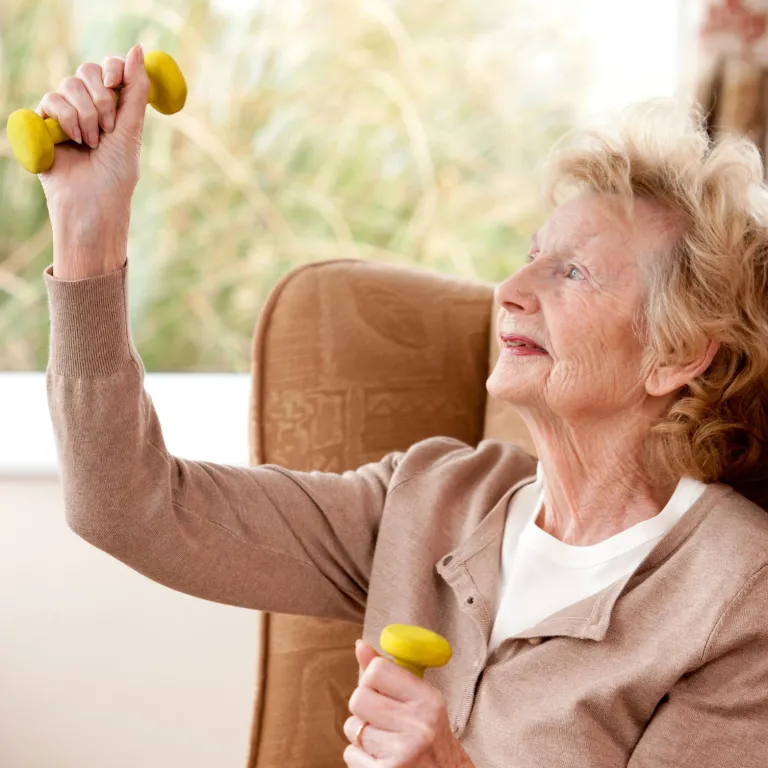
When occupational therapist Sue Paul was a child, she remembers spending time with her grandmother, who always sat in one recliner in her home. Within reach of that recliner was everything she may need: magazines, the phone, snacks, a sweater, a box of tissues. While this may seem like a smart idea—it can be difficult for older people to move around, and this practice would limit the need to—Paul, now a healthcare professional, says for those who are aging, sick and/or cognitively impaired (and especially those living at home with dementia), creating a “nest” of all their things may actually be hurting them. In fact, in the long run, lack of movement and a disorganized environment can impede performance, whereas getting up to complete a variety of tasks throughout the day (eating, practicing personal hygiene, etc.) can promote cognition and function.
Paul’s suggestion? Break free from one’s nest and establish five “zones of function” throughout the house to encourage a senior, whether he or she has dementia or not, to get on their feet frequently, thereby exercising their bodies and minds. Here are the five zones, which a senior’s children, family member or caregiver can help him or her create:
The Nutrition Zone
Rather than eating all their meals in a recliner and/or in front of the TV, seniors with cognitive impairment should eat in the nutrition zone—a table with a solid, upright chair to strengthen the core and promote digestion. The table should be clear of clutter from other activities, but a pitcher of water can be left on the table to remind the senior to drink, as can medication, which is often taken with food.
The Self-Care Zone
This zone can actually be one or two zones—usually the bathroom and sometimes the bedroom as well. Like the nutrition zone, the self-care zone should be kept free of items not related to self-care, but everything a senior may need (toothpaste, shampoo, soap, comb, razor and essential skincare items) should be kept in plain sight to help him or her stay on task. In the bedroom, a dressing station with a solid chair can be beneficial.
The Life-Management Zone
Even if taking care of routines, schedules and financial matters may require caregiver supervision, a person living with dementia should stay involved in the logistics of his or her life as much as possible. While this zone can be an office, it can also be a small desk where paperwork is kept. Keep a trashcan nearby, as well as labeled bins or folders. Make sure the space is well lit, and consider having a large desk calendar to help with orientation and scheduling.
The Exercise Zone
Everyone knows movement and exercise are important, but for people of all ages, that’s often easier said than done. So, having a space dedicated to moving your body, where there are no other distractions (snacks, books, TV) can be helpful. Many people already have a piece of exercise equipment such as a treadmill or bike, so can design their exercise zone around that space. Keep any equipment (dumbbells, resistance bands, etc.) in a box or bin above knee level, and bring in a table or chair to help facilitate standing and balance. Written exercise programs or a device with fitness videos can be kept on hand.
The Calm Zone
Lastly, everyone needs a space where they don’t need to worry about being productive. In the calm zone—which is usually a bedroom—seniors meditate, rest and sleep. Decorate the room with familiar photos, pictures and memorabilia, but again, keep items not conducive to rest out. Seniors should try, whenever possible, to limit sleep to the bed; while recliners can be comfortable, the bent position they put your body in isn’t the best. To promote even more calm, consider adding a weighted blanket on the bed and a source of white noise.